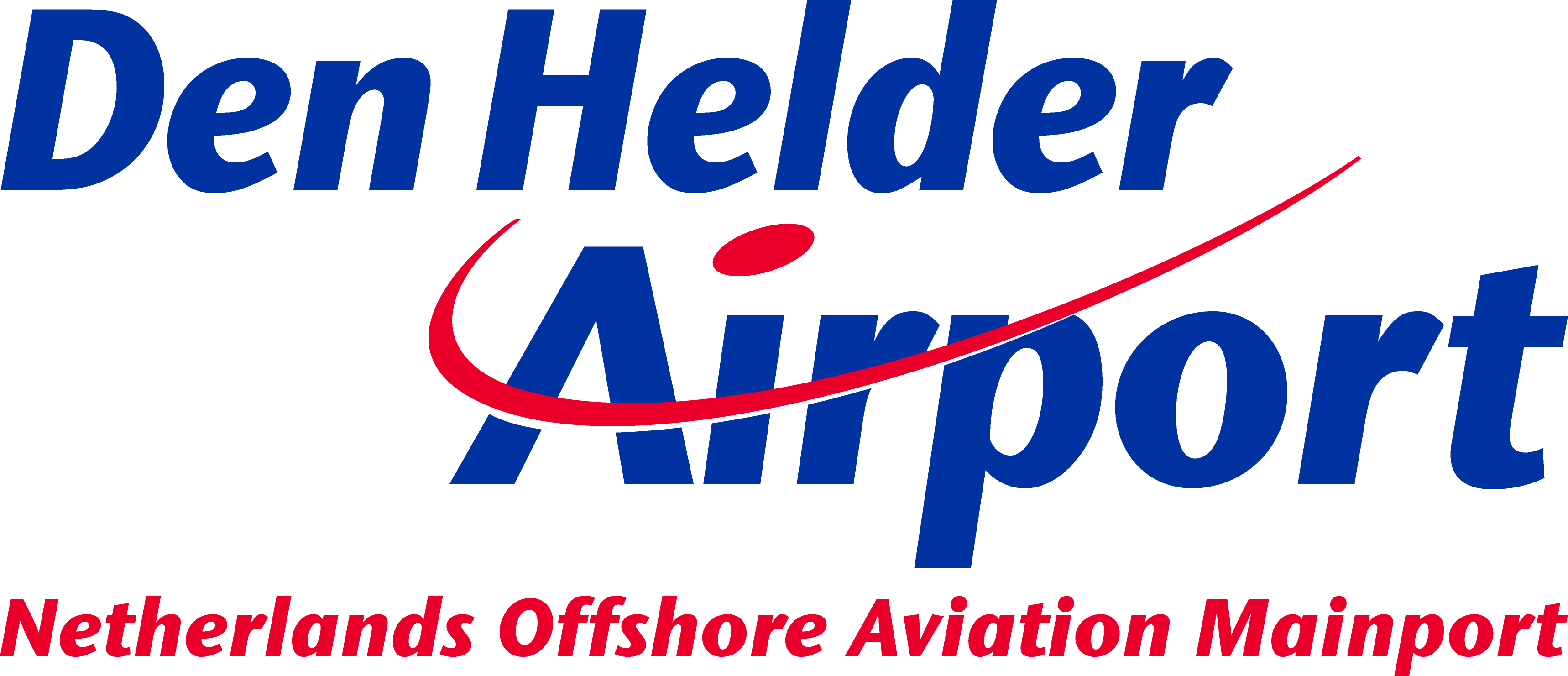When I was asked to write a column for the website of Den Helder Airport, I didn't have to think about it for long. I am happy to contribute to this. After all, the airport plays an important role in our society and with this column I would like to contribute to underlining that value. Value not only for our municipality, but also far beyond. More about that later. First, I will take you back to the history of Den Helder Airport.
Den Helder Airport: History
In 1917, an air base for seaplanes was established in the Mokbaai on Texel. For planes that land on the ground, air base De Kooy was established in 1918. This became the home base for fighters, fighter-bombers and reconnaissance aircraft of the navy and for training of the Naval Air Service. During the Second World War, the occupying forces used the air base, but after heavy bombardments by the Allies, it was closed in 1944.
De Kooy was rebuilt in the late 1940s. In 1960 it was given a concrete runway, which immediately paved the way for the establishment of the municipal heliport in 1981. Since the late 1960s the heliport was located on the edge of the city (Boatex) where oil company Placid started with helicopter flights, followed by NAM and Elf Petroland. Due to planned housing construction, the heliport moved to its current location in 1981 as a co-user of the De Kooy airfield.
Due to the rapid developments in the offshore sector, our airport grew into Den Helder Airport: an airport in the European top 3 for offshore aircraft movements.
Critical airport
In 2025, Den Helder Airport is still part of a crucial civil-military airport. With over 11,500 offshore flights per year and defense operations, it plays a key role in the offshore industry and (inter)national security. This provides employment, security of existence and economic value for the entire region.
In addition, the airport is indispensable in two major challenges of our time: the energy transition and safety. Flights connect Den Helder daily with wind farms, oil rigs and defense operations, thus contributing to sustainability and strategic stability.
The 'Trinity²'
The strength of Den Helder Airport lies in the cooperation within what I call: the 'Trinity²', Airport, Seaport and Knowledge Port (trinity), civil and military (squared). This unique combination makes Den Helder a strategic center where maintenance, innovation and safety come together.
Challenges & Opportunities
At the same time, there are challenges. Rising costs and falling turnover put pressure on long-term operations, which requires decisiveness, cooperation and innovation. If these elements are present, the future offers us opportunities. In addition to the reliable service to strategic partners, Den Helder Airport will focus on drones and electric flying. This makes transport more sustainable and stimulates innovation. Think of drones for wind farm inspections and electric helicopters, combined with training courses that strengthen civil-military cooperation.
Den Helder Airport's decades of service and the success of initiatives such as Maritime innovation centre METIP shows that we are able to build a sustainable ecosystem together. Recent reports from the Netherlands Aerospace Centre (NLR) and discussions with the business community, the province of North Holland, the government, Defence and educational institutions confirm the potential of the airport.
As alderman I am proud of how Den Helder Airport, together with the sea and knowledge port, contributes daily to our energy transition, safety and innovation. A place where history, present and future come together and where we fly together with confidence to great heights.
Fotigui Camara, councillor
Municipality of Den Helder
07-02-2025

